Building extension
Or Call: (020) xxxx–xxxx
If you’re looking to increase the size of your home, a building extension might be right for you. You can either extend from the back or side of your house or even add a second floor. But before you get started with this project, it’s essential to understand what a building extension is and why people choose to have them built.
This blog post will explore an extension, and how much one will cost depending on the design specification and site constraints. We will also discuss some pros and cons for having an extension added onto your property – so read on!
What is a building extension?
A building extension is a process of adding to the house, either by adding a whole new floor or simply increasing its size. Extensions are popular because they allow you to expand your home without having to move out of it.
Why would you want an extension on your house?
There are many reasons why people choose building extensions for their property:
- To make more space, this could be more living area (e.g., bedrooms), storage units, extra rooms, etc. If there is little room in any part of the house, extending will only improve that situation and enable better functionality within the household! Think about whether you need more functional space like an additional bedroom(s) before moving forward with your project; however, remember that every little bit counts when trying to create more room in your home.
- To increase the value of your property; depending on what kind of extension you are planning (e.g., rear, side return) then it is vital to consider how much space will be added onto your house and whether this would enhance its aesthetic appeal as well as functionality for anyone living their day-to-day life inside or outside of the building.
How much does it cost to extend a house?
On average, the cost of building an extension can be anywhere from £36-43 per square foot.
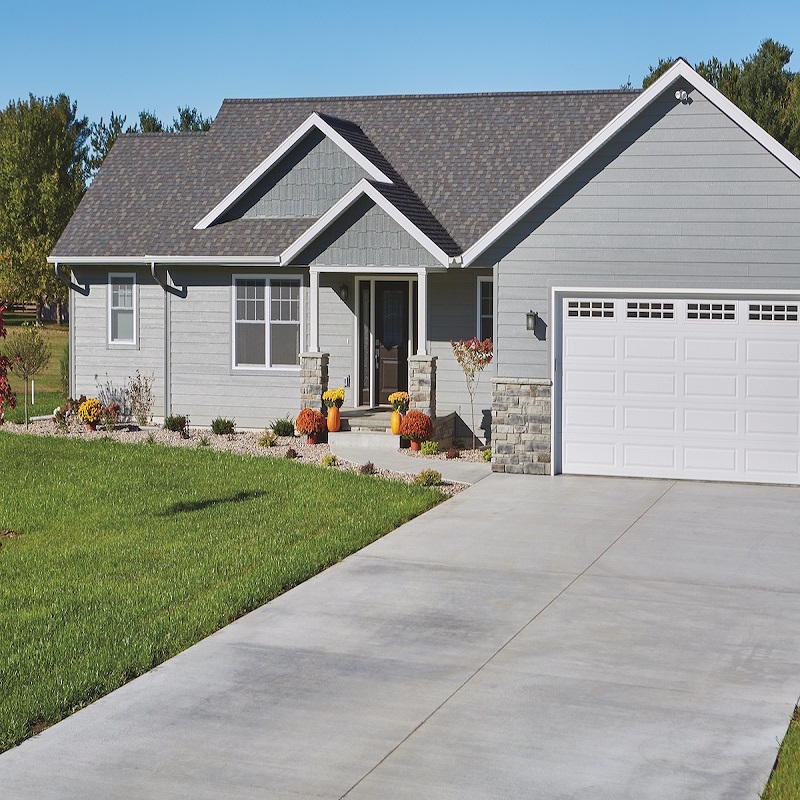
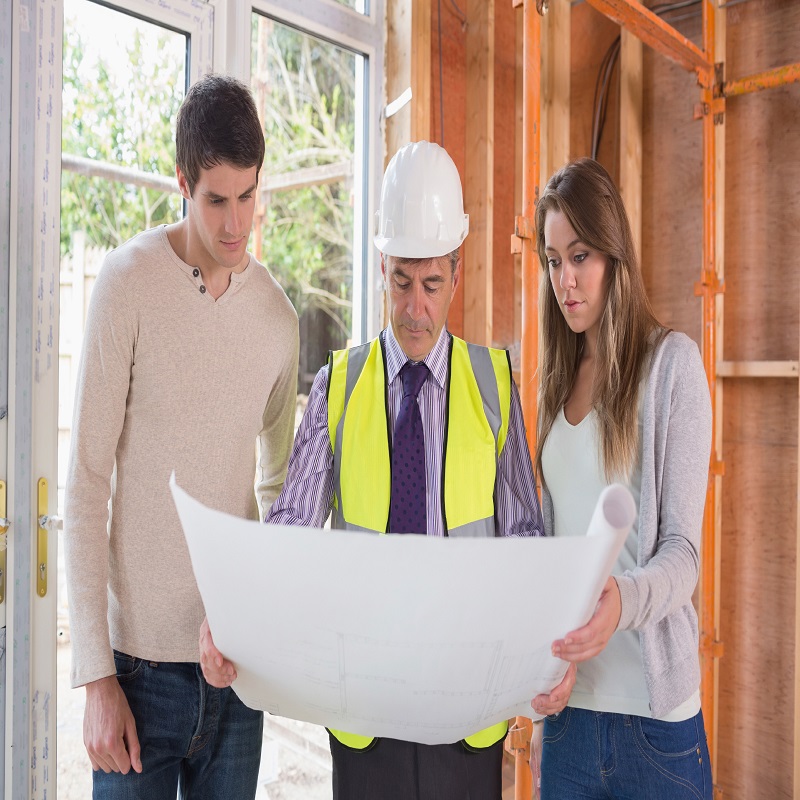
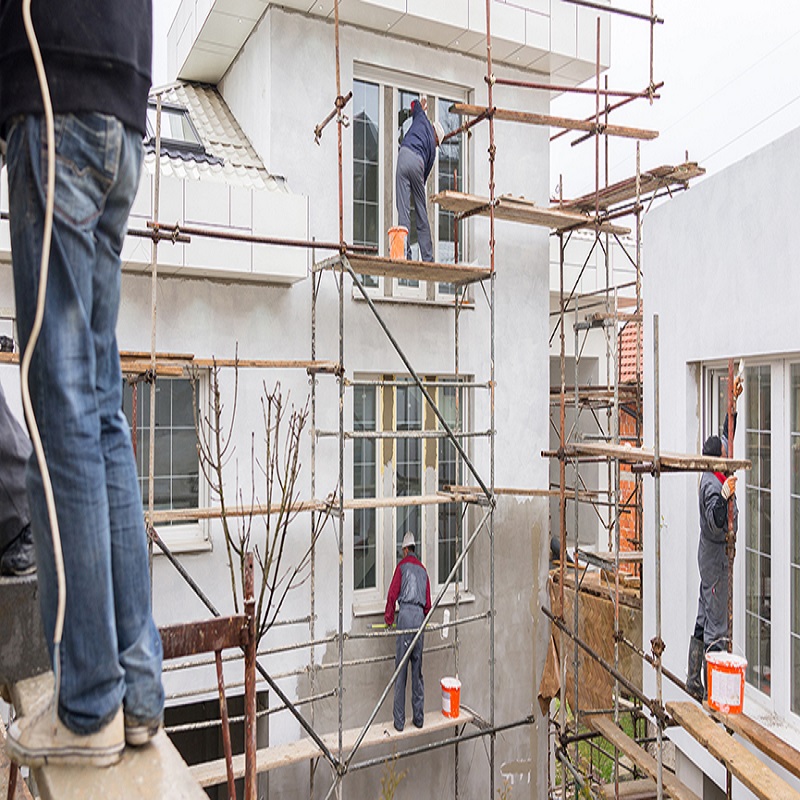
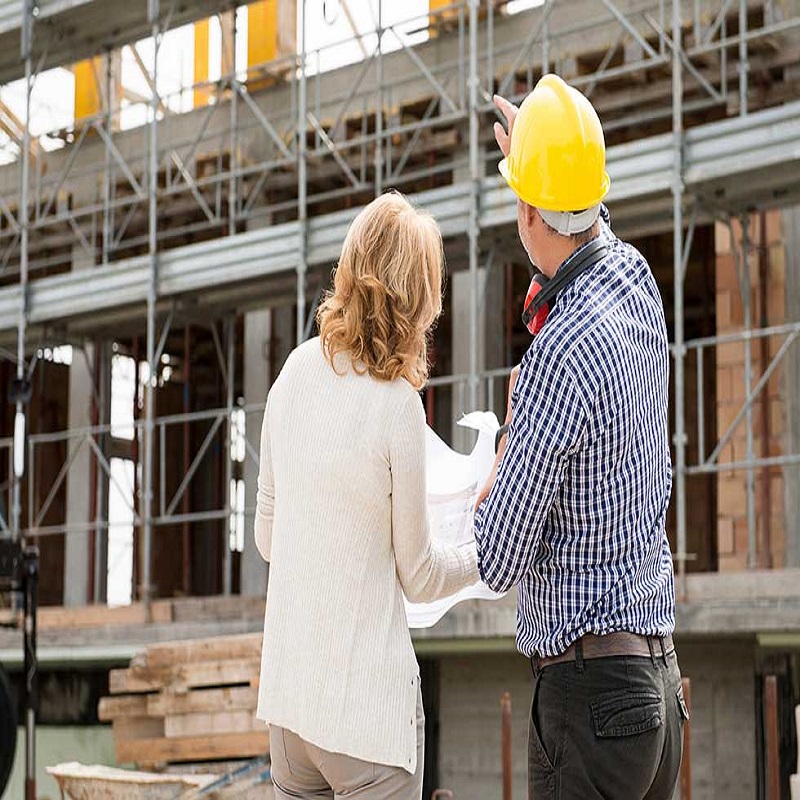
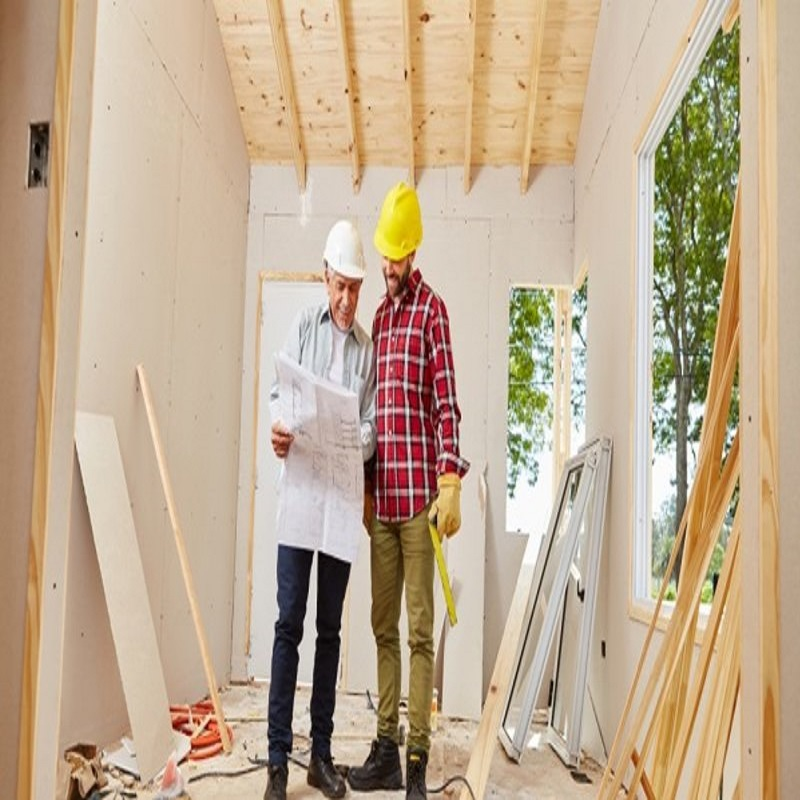
Factors that can influence how much your extension costs include:
- Design specification
This is the initial cost of creating a set plan for what exactly you want to accomplish with your home’s new addition; it also includes any architectural drawings and design layouts to get approval from the City Planning Department and Building Surveyor.
However, once approved, these fees will typically cover all other expenses associated with designing/building your desired structure which means better value for money!
- Planning costs
The time spent at City Hall Organising approvals required when building an expansion on one’s property or demolishing part(s) of an existing structure to make room for a new one.
- Size, shape, and height of the expansion
The size/shape/height of an extension contributes significantly towards its overall price tag, which is why it’s essential to plan before making any rash decisions! A backyard that doesn’t have enough space or verticality may mean you’ll be slanting your plans toward building up rather than out.
This poses additional concerns such as structural engineering requirements, changes needed to accommodate services (i.e., drainage), and meeting zoning requirements bylaws based on land use designation from City Hall.
Generally speaking, though, expected costs associated with construction work – both direct and indirect – along with other fees outlined above will rise exponentially when moving upward. This is because additional effort and materials will be required to complete a not conceived initial project.
In addition, you’ll need to consider whether your home is already situated in an area where local zoning regulations permit building projects upward and what type of structural work will be required if you didn’t build the house with second storeys or above in mind.
- Groundworks
Groundworks is the totality of all layouts or foundations of a structure. It is usually synonymous with either ‘foundation’ in the vernacular sense, i.e. what supports the house above ground, or more generally related to construction work; it can also be any subsurface infrastructure below grade (literally “below ground”).
- Issues with trees
Trees are often planted on private land, and their roots may cause damage to buildings by disrupting traditional footings that rely upon lateral support for stability and strength. The process of relocating large mature trees within developments has become an essential issue for consideration during planning applications due to the cost involved in removal works. A healthy tree costs around £500 -£1000 per metre squared if they need to be removed.
- Site constraints and access
Unfortunately, the site on which a building is built will often not be perfect. Site constraints can present themselves as permission to build depending upon certain factors.
For example, The National Planning Policy Framework (NPPF) clarifies those wishing to develop the land by defining national policy direction for development in England from 2012 onwards. Within this document, it states that “Development should respect environmental limits”.
In addition, local planning authorities must produce Local Plans under Section 19 of the NPPF, which identify areas where growth may occur according to predetermined policies set out within these documents. This means that some sites have been earmarked for residential development while others have been designated as being more suitable for commercial development.
There are clear guidelines on what can and cannot be built within the given area. However, this does not stop people from wanting to extend their homes to meet these needs. This is where many issues can arise, as extensions can often cause controversy with neighbours.
- Fixtures and fittings
In handling fixtures and fittings, the priority is to ensure that they do not affect the house’s structural integrity. Any work carried out must be completed under a building license.
- Windows and doors
The cost of a building extension will also be affected by the number of windows and doors required. If you want to fit large glass frontages, this will cost significantly more than fitting smaller traditional window forms.
- Number of trades required
The number of trades required for the building extension will also be a factor in determining how much your project costs, and therefore you must ensure that the plans are detailed enough to avoid any hidden extras.
Pros and cons of extending your home
Before starting a building extension, it’s best to consider the advantages and disadvantages of extending your home.
The pros of building extension include:
- Adding value to your home: An extension can add much value to your property and is considered easy to increase the resale price.
Another benefit is that you can add an extension to your home without having to move.
The drawbacks of extending your house include:
- Is it worth the hassle? An extension can be a lot more complicated than you might think, especially if your property doesn’t have much space available for building.
You may also find that you’re not allowed to build because of local planning laws and covenants on the deeds restricting certain types of development in designated areas. Pull down walls, change in structure or services might require planning permission which will involve advertisement and possible public comments before approval is granted. This process can be time-consuming and expensive for both parties involved if you get it wrong.
Types of extensions
- Rear extensions
Rear extensions are one of the most popular types of home improvement projects because it gives you extra living space without impacting too much on privacy by having to look at neighbouring houses from your new room(s).
There’s no need to worry about planning permissions with rear extensions either, which means this is one aspect of building work required when extending a house that won’t cost very much compared with other elements such as groundworks where prices start at around £25 per m² then increase due to factors that influence the pricing like size, height and shape of the extension.
- Side return extensions
A side return is a type of home improvement project that gives you extra living space. Still, it also allows for easier access to your garden, which can be especially useful if you want an outside dining area or somewhere to sit and relax in warmer weather without having to walk around the house through doors.
This makes this building work where planning permission isn’t always required, depending on its size. However, there are certain areas where planning permission might still apply even when extending partway into your property’s width.
As with any other renovation project, costs start low, although they increase once more factors like groundworks come into play and elements such as fixtures and fittings.
- Wraparound extensions
Wraparound extensions typically link to an existing structure and can be built in one of two ways: as a single storey building addition or as a first-floor extension. This type of home improvement is effective if you need more space for bedrooms, bathrooms, kitchens, and other living areas but only want the smallest footprint possible. It optimises your garden by keeping walls out of sight, making it ideal for smaller gardens.
- Double-storey extensions
Adding a new story to your house gives you more room for living spaces, bedrooms or bathrooms, as well as creating an extra bedroom in the process if needed. Two storeys are great because they don’t require planning permission unless it’s within 30 metres of another building. The only cost is the extension, ranging from £15k to £50k depending on location and design specification.
You will need to factor in additional costs such as scaffolding too, but this won’t be very expensive (£500) compared with other aspects of work involved when extending a property like groundworks where prices start at around £25 per m² then increase due to factors that influence the pricing for example size, height and shape of the extension.
- Dormer extensions and Triple-bay extensions
Dormer and triple bay extensions are two types of home extensions that you can add to your house. These additions will give the exterior a completely different look and feel, for there is no detail like these in homes without such an addition. Hence, choosing which type of extension would best fit into the design concept you envisioned for your dream home becomes crucial.
Things to consider when getting an extension done
If you want to get the best value for your money, you would probably want to hire the services of a professional contractor. That way, you are guaranteed that all safety measures will be in place and everything is done according to code regulations. It would be best if you also thought about these things:
- Quality
A good quality extension should include insulation between floors where necessary (for example, if it’s an extra floor), damp proof membranes along with other features like ventilation systems or solar panels designed specifically for extensions depending on what exactly it is being added onto whether its roof space or ground level.
One point not often considered when building an extension that can result in high energy bills down the road is window placement – so make sure they’re placed correctly!
- Cost
The cost will depend on what you want to be included in your extension and the materials used. For example, if it’s an extra floor, beams need to hold up that weight to be more expensive than a small roof overhang.
- Time
The whole process usually takes between several months to one year or more, depending on the size of your property; however, it can be done quicker if you’re looking for some temporary structure such as those used at music festivals.
A good thing about hiring an experienced builder is that they will often reduce costs by reducing the number of workers needed, which saves them money and means less disruption and generally results in lower overall price because there’s no need for any additional workforce.
- Services
The good idea is to get at least three building quotes and compare them to see which one will provide you with the best value for money. Furthermore, make sure that your chosen builder can deal with any Building Regulations or other legal requirements involved, such as planning permission before committing yourself to their services, because it could save both time and money if all these things are sorted out beforehand rather than later down the line (which is, unfortunately, more common).
If you plan on extending your home, then there’s no doubt that you already know what kind of project this means, so we won’t bore you by going into details about how long it takes nor how much everything usually costs. Instead, we’ll focus on the best approach to take for you and your family to enjoy a hassle-free building project:
Be sure that you find an experienced builder who can provide high-quality services with each job they do. It’s always better to spend more money on something of good quality than pay less for poor quality or shoddy materials, which will only need replacing again in just a few short years.
However, bear in mind that when it comes down between cost, quality and time, such as when there is not enough budget leftover from what you’ve got set aside for this type of home improvement, then inevitably, one of these three things will have to be compromised upon.
- Neighbouring properties
Another thing to consider is the location and proximity of neighbouring properties and the potential impact of a new building extension on them. If your planned development is going to be incredibly tall or wide, then this might need checking with local authority planning departments first, as you will need their permission for such things.
- Planning and Neighbours
Building planning regulations are put in place to ensure that buildings are safe for the people using them. When you’re planning a building extension, it’s essential to stay within these rules and regulations – otherwise, you could risk your new development being refused by local planners or even demolished!
- Design style
When choosing an architect or designer, it is also essential that they consider any design styles associated with your home. For example, if your property has been designed with Georgian period features, this should still show through in the final plans for your extension as it will help tie everything together well.
It might sound obvious, but not everyone thinks about such things before starting on their project, so make sure you get this right from the very start of working with your designer!
- The whole project
Make sure that you choose the right kind of architect or designer for your project as this will help keep things more organised and on time. Some architects specialise in large-scale projects such as schools, hospitals, and even churches, so do not be afraid to ask them about their experience before working with them!
- Sustainability
An extension can often make use of sustainable materials such as recycling old brickwork if it is still structurally sound enough, which can save money on having new bricks made; there are many ways in which an architect or designer could incorporate sustainability into a building extension design, but by far one of the simplest would be making use of natural light: typically extensions bring sunlight into dark areas (e.g. the basement of a house) and allow for more ventilation into that space.
What is involved in a house extension?
- Site security, storage, access, and risk assessment
Site security refers to ensuring that the building site is secure from intruders while construction work takes place. Storage refers to a safe and convenient location for storing tools, equipment, materials, or other items used during construction.
Access means having an easy way in and out of the worksite, so employees don’t get locked inside accidentally. And risk assessment brings together all these three points by ensuring proper safety measures are taken at every stage of development – from pre-construction planning through to completion
- Demolition (if any), groundworks and drainage
If there are existing structures/walls on the property, these will need to be taken down carefully so as not to cause harm either physically or financially; depending on what they are made of different types of demolition may also require specialised equipment such as breakers’ bars for concrete walls or drills with masonry bits if it’s brickwork etc. which all costs money; after this comes grading (elevating) the land ready for foundations while excavations take place where required.
- Erection of walls and roof
Depending on how many walls and what kind of roof is required for the extension, this can take a long time to complete as building materials need manufacturing before they are ready to use.
- Window/door fitting
Windows and doors must be fitted into their respective holes, which means cutting out sections from the brickwork or timber frame depending on where it will go; careful measurements have been taken beforehand so that everything fits together nicely with no gaps etc.; if necessary, these items may also require treatment, e.g., painting or varnishing for protection against weathering over time.
- Fitting of downpipes and drainage connections
Depending on where drains lead to, i.e., stormwater system vs septic tank, types of drain fittings will vary. Common fittings include:
- External finishing (rendering, painting)
Depending on the style of house and type of render or paint used, this could be as simple as applying an even layer over the brickwork or much more detailed work such as recreating ornate stonework etc.; once again, specialist skills are required to achieve a professional finish.
When discussing home extensions, there are usually two options that people choose from – either extend your current property by building onto its side(s), known as ‘infilling’ or opt for something completely different, i.e., build yourself a new house altogether, which means finding land nearby where you can do so, known as ‘building out’.
- Internal renovation work
Activities classified as internal renovation work usually consist of the following:
- Ceilings, walls, and floors in poor condition could be ripped out or repaired after an extension has been added. This may need to come off too if you have outdated wallpaper, which can be a messy job, so make sure you plan for it! It’s also recommended to only do this kind of work if other parts of your house require attention first as it will save money. You’ll want all areas to look nice together when they’re finished.
- Electrical/gas/plumbing fit-out
Also, anything related to electricals and gas will need to be done. This includes rewiring your home if you’ve added extra sockets or light fittings – these can usually be fitted without too much trouble. Still, it’s always a good idea to get an electrician involved as they know exactly what needs doing.
- Flooring and internal decoration
Flooring is the next part of the process that is often overlooked. If you’re having a new room built, there will likely be at least some flooring work to do beforehand as well, if not all of it.
- Final clean and handover
Finally, once we have finished with everything else, we’ll need to give your house one final deep clean before we go – this ensures any dust or mess left behind is dealt with properly and ensures every last part of the build process goes off without a hitch!
You can also ask us about getting rid of rubbish (if any) and dismantling things like scaffolding. Also, remember: don’t forget to have someone come in after we have worked on our own for cleaning, painting, redecorating etc., to make sure everything is in the best possible condition for you!
How to get planning permission for a building extension
Before we start work on your home or business, some procedures need clearing with various authorities. Getting all this out of the way well before construction works begin will save time and money along the line so remember these necessary steps:
- You need to visit your local council and register the works to make sure everything is in order. When you submit a building application, all areas of work need approval.
- After that, you need to submit building plans so the council can approve them. This step is also necessary for you as a homeowner.
- The next stage of this process includes getting approval from your local water authority and drainage board if that applies to your work. You need an electrical permit too!
- Following that, there are six more procedures involving clearances with different authorities like gas supply companies, telecommunications contractors, etcetera before you’re all set up to begin construction works in general! The good news is most councils have help desks providing detailed information on what documentation needs submitting at each stage along the way – ask when you visit their offices or check online.
The future of building extensions for houses
As far as trends go, it’s seen more than its fair share. However, internal conversions remain one of our most popular services when it comes to increasing house space – if you’re thinking about extending your property, take a look at what can be done here too. Some people prefer using external areas instead of adding a garage or building another room at the end of their house.
No Results Found
The page you requested could not be found. Try refining your search, or use the navigation above to locate the post.
FAQ
Do I always need planning permission?
This depends on the size and type of building you’re planning on constructing.
What building types do not require building regulations?
This includes garages, greenhouses and agricultural buildings as long as they’re less than 30 square metres in the area – make sure you check before starting any work, though. Some other temporary structures may also fall outside these rules, such as marquees erected at outdoor events.
How long does it take to build a house extension?
The timeframe will vary depending on the type of application submitted but generally around eight months from the start date until completion for average-sized extensions. Some large projects may take longer due to design issues or complex site conditions such as connecting services under existing roads.
We don't know where to start planning our house extension, can you help?
As part of your initial consultation, we will discuss what you would like from your project, ensuring that it is achievable with careful consideration given to budget, location, design style etc. This ensures that everyone involved in the building team knows precisely what they are working towards, meaning no time wasted on site going over the same issues again.
I'm demolishing my house; do I need planning permission?
It all comes down to the size of your project. Still, suppose you are knocking down part or all of an existing structure. In that case, there will be no requirement for planning permission providing that the volume created by the new extension does not extend beyond half that which was removed from its original context (50% back).
I want to excavate/dig to create a basement level. Do I need planning permission?
If you are not changing the footprint of your home but instead excavating to create a basement level, then planning permission isn’t required.
What is a turn-key company? And what is the advantage of using a design-and-build company?
A turn-key contractor or construction management firm will take care of all aspects of your project from start to finish. They will liaise with architects, planners, engineers and councils while you can sit back and relax. The benefits are that they have in house expertise, so no need for expensive consultants. Also, there’s less risk involved because everything is done by one company with more experience than many smaller contractors combined!
What types of applications can be submitted?
There is a range of options available: complete plans for significant works or outline application that allows smaller schemes to go ahead without submitting detailed drawings. You can also apply under permitted development rights where specific changes don’t need formal consent from the council, e.g. office, shop etc.
When requesting a consultation on extending our home do both partners need to be there?
This is your choice. However, it’s helpful to attend so we know what the proposed work involves and how far the planning process has been reached.
What guarantees do you have?
We provide total project management overseen by an architect who acts as the point of contact throughout – this ensures that the process is managed to a high standard of workmanship and within agreed timescales. We carry out complete Measurement & Valuation reports for insurance purposes which will allow you to provide an accurate estimate of costs should any queries arise during the build or at completion.
Will a house extension add value to my home?
This isn’t easy to answer as it depends on the property in question and how you go about this project. However, many house extension projects result in an increase of value for your home, so long as they are carefully designed, well-constructed and finished off to a high standard.
I'm building an outbuilding or annexe or shed; do I need planning permission?
If you are building a small outbuilding whose footprint is less than 30m², and it will be used for storage, parking or refuse collection (with no sleeping accommodation), then planning permission isn’t required.
I want to put in an application for a roof terrace. What are my chances of getting approval?
Roof terrace applications can be challenging because they require the design and construction teams to have lots of relevant experience to get it the first time. The best way is by using experts within the industry who will know all about these requirements, including any conditions that need applying before work starts or materials used. Proven track records when building roof terraces, so less chance of delays during planning process mean easier permitting process!

If you need help with anything else please feel free to call us on
020 xxxx xxxx
